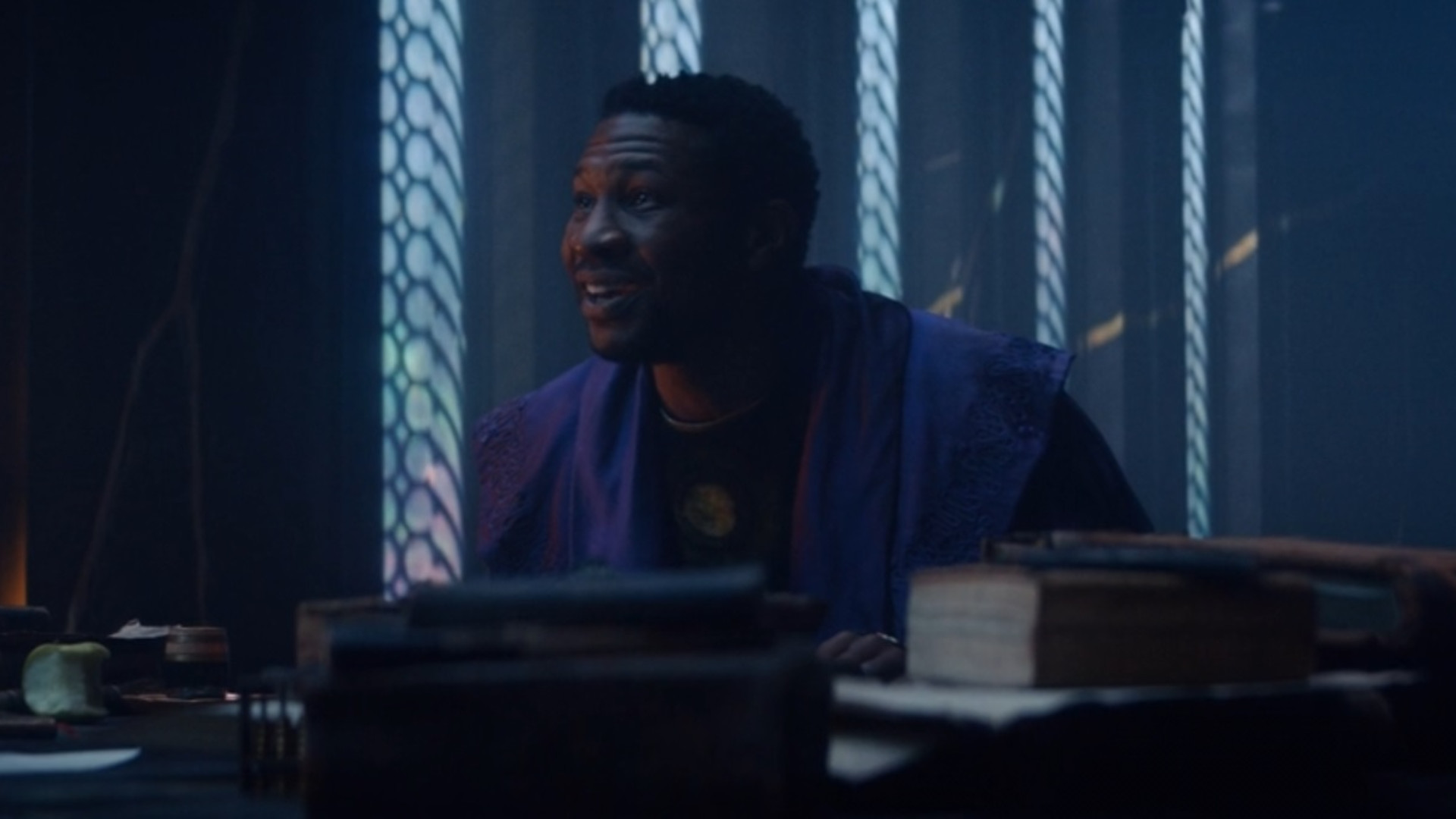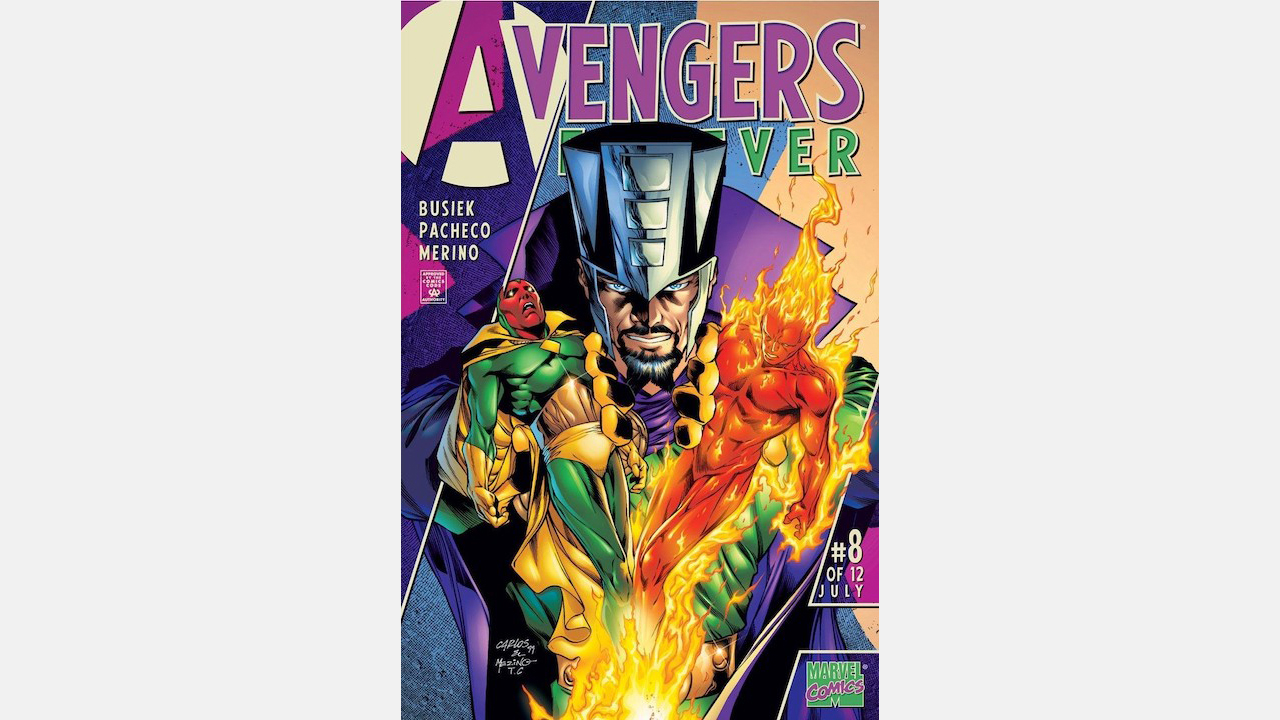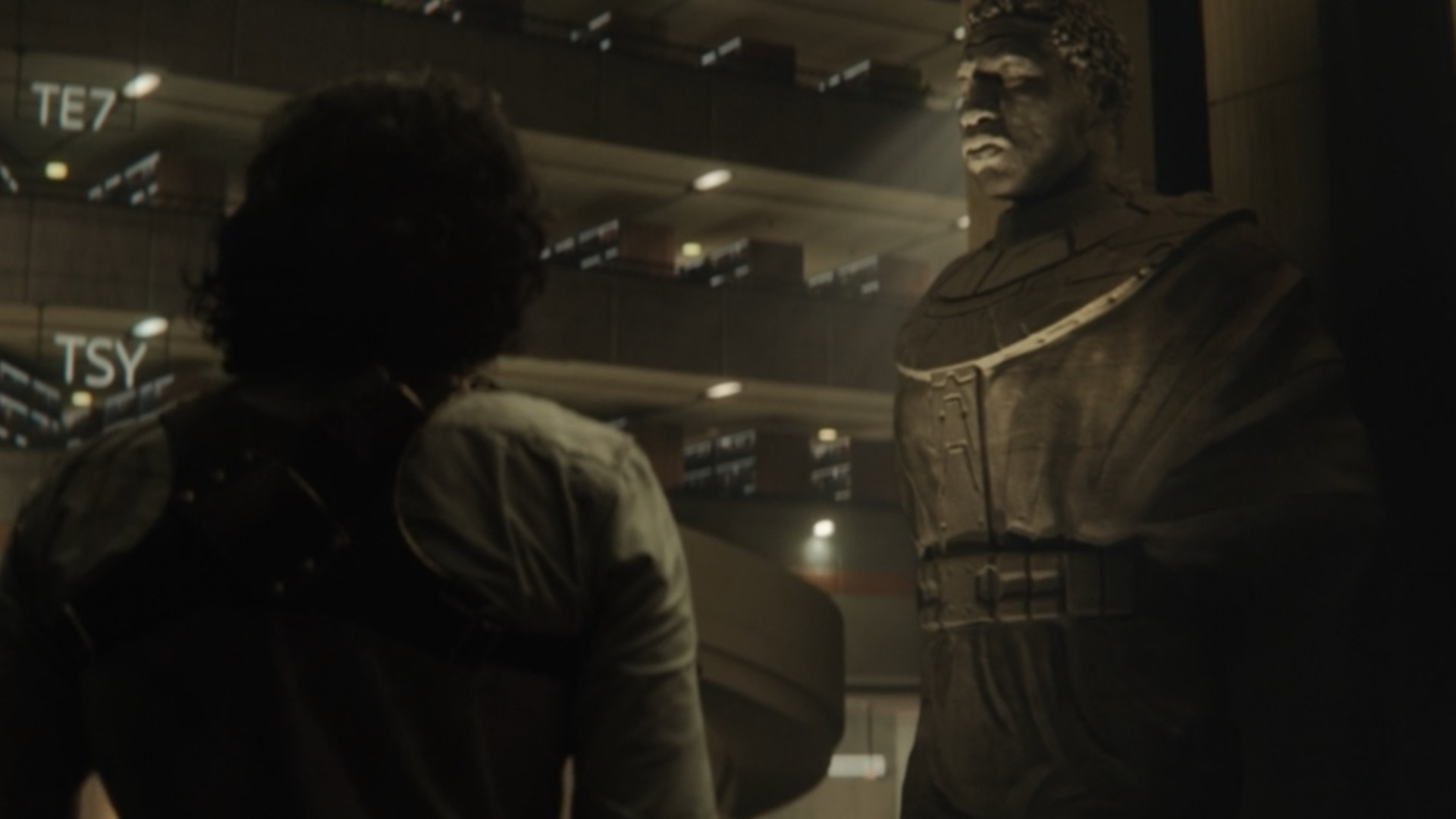That Loki villain is not who you think it is
Loki had one more trick up its sleeve for its finale. Everything had been leading to a big reveal of who was behind the curtain and pulling the strings in the TVA. The clues were there: from Alioth, to a 31st Century weapon, and even the presence of Ravonna Renslayer – it all pointed to a Kang the Conqueror appearance in the sixth and final episode of the Disney Plus series.
Sorry to disappoint, but that didn’t quite happen. The Loki ending, instead, has thrown us through a (temporal) loop at the end of time, with Loki and Sylvie going face to face with an unexpected foe.
Let’s dive into the twist, why we didn’t get what we all expected, and how the truth almost matched the boundless theories that fans had been cooking up – with one key difference.
MAJOR spoilers for Loki follow. If you haven't seen all six episodes, turn away now.
Loki's villain, explained: Jonathan Majors’ He Who Remains and Kang the Conqueror

Yes, Jonathan Majors turned up in the Loki finale. The Lovecraft Country actor has already been cast as time-travelling villain Kang the Conqueror, so it was a safe bet to assume Kang would be in the Citadel at the End of Time. That didn’t happen. Instead, he played a Kang Variant-of-sorts: He Who Remains.
In the comics, He Who Remains created the Time-Keepers as a way of keeping time on a short leash. He was also the final director of the TVA at, you guessed it, the End of Time.
This He Who Remains is different, though. For one thing, he’s a Kang Variant. As He Who Remains explains, he hails from the 31st Century and connected with other Kangs from other universes to share and trade knowledge, each helping the other’s universe.
Things turned ugly and the Kangs fought each other for supremacy – which led to He Who Remains isolating the MCU’s ‘Sacred Timeline’ away from the threat of other Kangs and universes.
The MCU version of He Who Remains actually has close ties to another version of Kang in the comics. He’s not named such in the show, but he could actually be Immortus. Marvel Studios usually remixes comic origins to good effect – and it’s the same case here.

Immortus was an older, wiser version of Kang who lived at the end of time and utilized the Time-Keepers in a similar fashion to what we saw in Loki: as protectors of the timeline. There, his motivations lean more towards not allowing certain universes to explore space (an event that always leads to temporal chaos), but the end goal is the same: to keep the flow of time neat and tidy.
In effect, we’re looking at a ‘Good Kang’ (or, a slightly less evil Kang) who crafted the Sacred Timeline, created the TVA, and helped end the multiversal war between an infinite amount of Kangs. The fact he’s older than the rest makes him a shoe-in for Immortus, too.
However, he’s also the only thing stopping war from escalating once more. Sylvie killing him helps kickstart a chain of events that even exceeds Star-Lord’s temper tantrum at Thanos in terms of boneheaded decisions.
Now, Kang the Conqueror – an exceptionally evil Kang Variant that wants to rule all of time – is free. His first stop, it seems, is the TVA.
As seen by Loki’s one-way trip back to the dusty corridors of the TVA, Kang is now in charge. There’s a statue of the villain (who will once again be played by Jonathan Majors) adorning the lobby.

To recap: no, that wasn’t Kang at the End of Time. He Who Remains remained for a while but, upon his death, several Kang Variants can now run wild – including Kang the Conqueror. Kang's first confirmed appearance is in 2023’s Ant-Man and The Wasp: Quantumania. Don’t be surprised to see Jonathan Majors turn up anywhere and everywhere between now, then, and beyond playing Kang the Conqueror, and maybe even different Variants of Kang.
For more on the MCU’s future, check out our guide to Marvel Phase 4 and all the new Marvel TV shows currently in the works.

No comments